New plasma synthesis process for one-step conversion of CO2 and methane into higher value fuel and chemicals
Green Car Congress
OCTOBER 9, 2017
Researchers from the University of Liverpool (UK), with colleagues from Dalian University of Technology (China) and the University of Hull (UK), have developed a new process for the direct, one-step activation of carbon dioxide and methane (dry reforming of methane) into higher value liquid fuels and chemicals (e.g.,












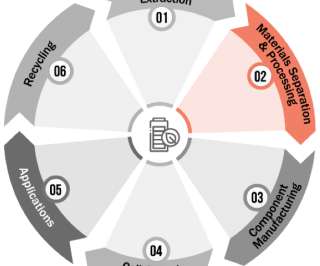












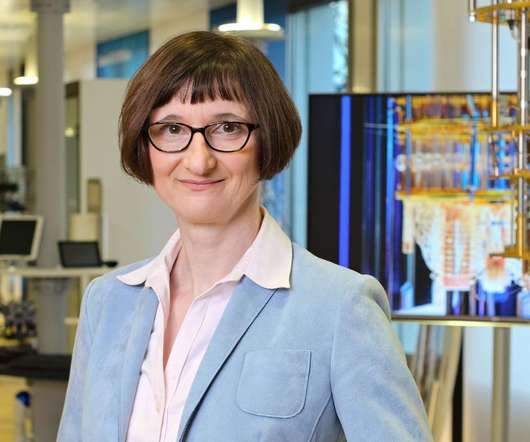



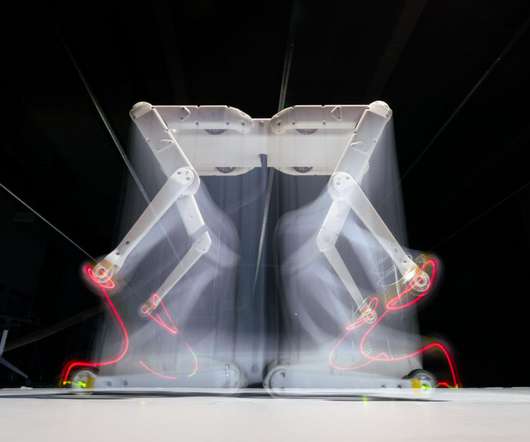


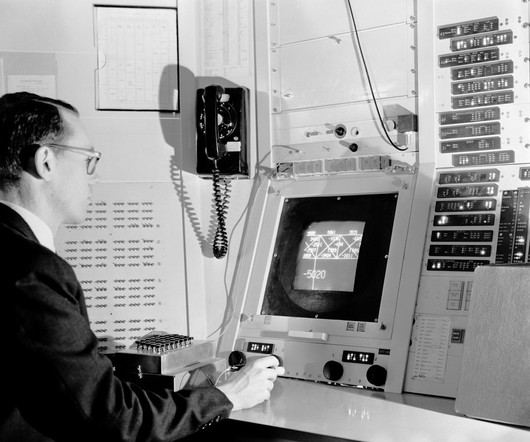


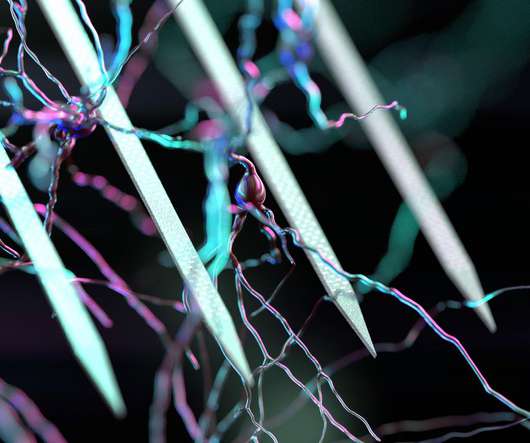






Let's personalize your content